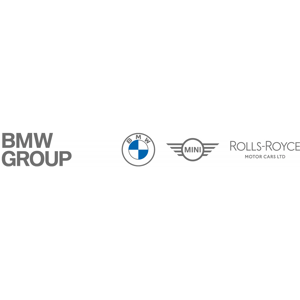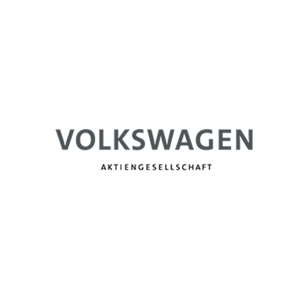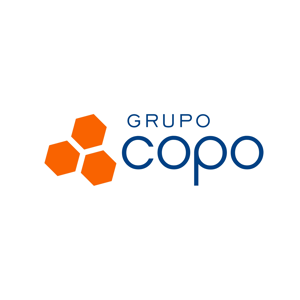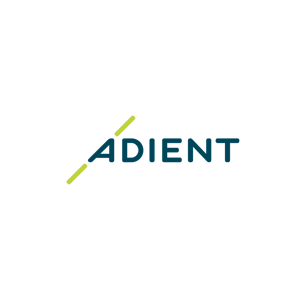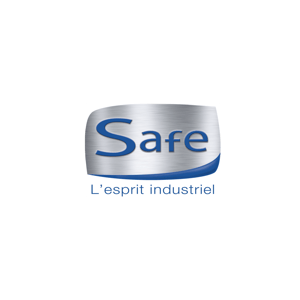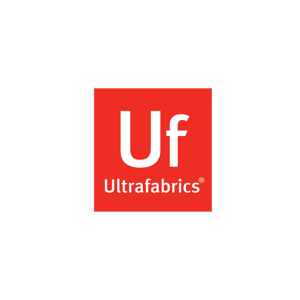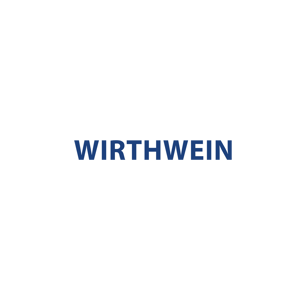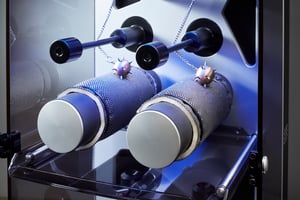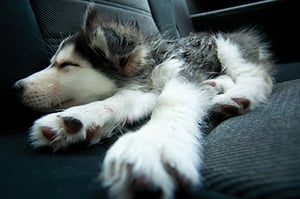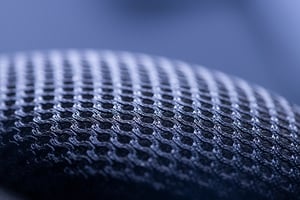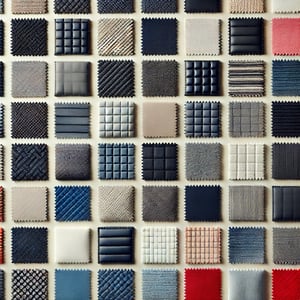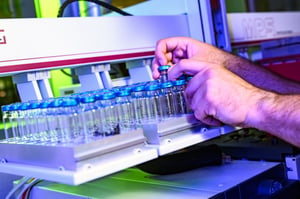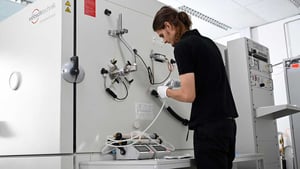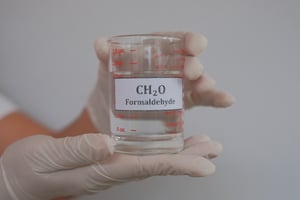
Emissions & odor in the vehicle interior (VIAQ)
EXTENSIVE MATERIAL TESTS
imat can draw on many years of experience and expertise in the field of textile testing. With the help of abrasion tests, light fastness tests and ageing tests, we can provide manufacturers or processors with information about the suitability of textiles for use.
Thanks to its proximity to various universities, imat regularly supervises research work on customer-specific topics. We work on the optimization of textiles for car seat covers, e.g. with regard to soiling behaviour or seat climate comfort. This also results in innovative solutions for testing methods and devices, such as Mace Snag or Martindale.
Our accreditations and approvals
imat has long held various accreditations, certifications and OEM approvals, which ensure that orders are processed in accordance with standards and processes.
Are you looking for an exam? Standard? Specifications?
Accredited & certified tests
EXTENSIVE EMISSION ANALYSES
Are you faced with the challenge of complying with the emission limits of your interior components while keeping an eye on costs and time? With our extensive experience and state-of-the-art testing procedures, you can be sure that your materials and components are validated to the latest standards. We know how important it is for you to get accurate and meaningful results that help you achieve your quality goals while meeting your project deadlines .
SECTION TEAM - TITLE
Description. Lorem ipsum dolor sit amet, consetetur sadipscing elitr, sed diam nonumy eirmod tempor invidunt ut labore et
- Tab Title
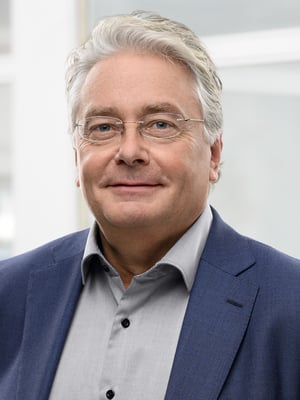
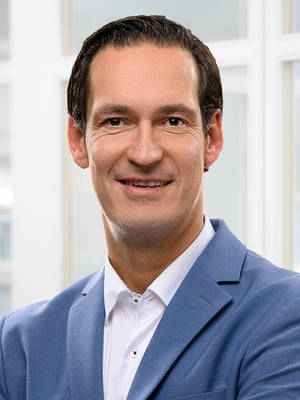

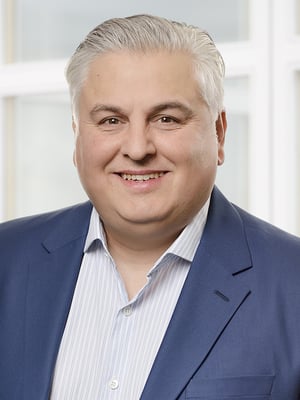
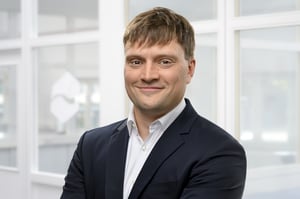
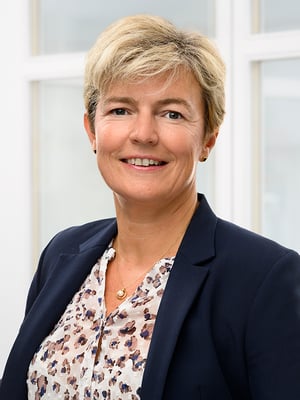
BLOG
Formaldehyd in Fahrzeugen: Herausforderungen für die Automobilindustrie
Read moreStellantis: Freigabe für Emissionsprüfungen erfolgreich (VIAQ)
Read moreVDA 277 vs. VDA 278: Was ist der Unterschied?
Read moreGeruchsunterschiede bei Polypropylen: Die Rolle von Faserverstärkung und Verarbeitungsparametern
Read moreWarum sind die Einheiten der Ergebnisse von Prüfungen der Werkstoffemissionen eigentlich so unterschiedlich?
Read moreGrenzwerte für Formaldehyd und Formaldehydabspaltern in Fahrzeugen
Read moreOUR SERVICE PORTFOLIO
Rely on over 30 years of automotive testing expertise
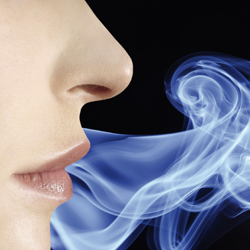

componentsLearn more

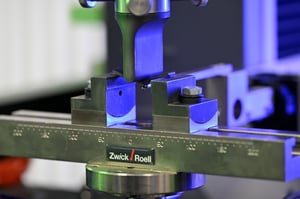
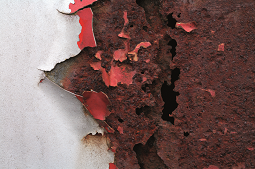
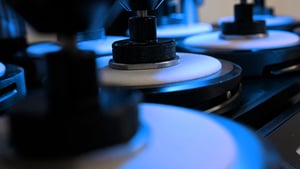
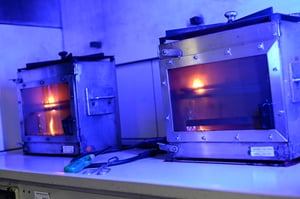
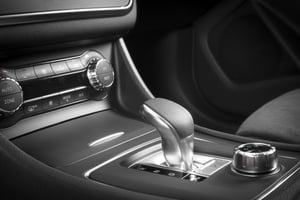
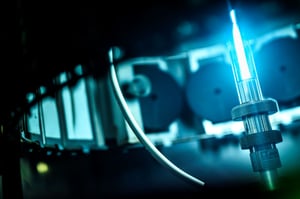
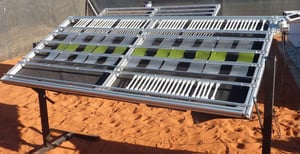
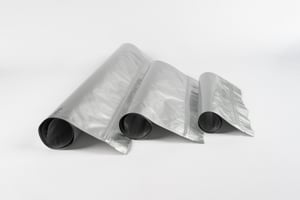

TRUSTED BY AUTOMOTIVE LEADING INDUSTRY
Automobile manufacturers worldwide such as Mercedes-Benz, BMW, Porsche, Tesla & Co. as well as suppliers trust in our expertise and reliability.
